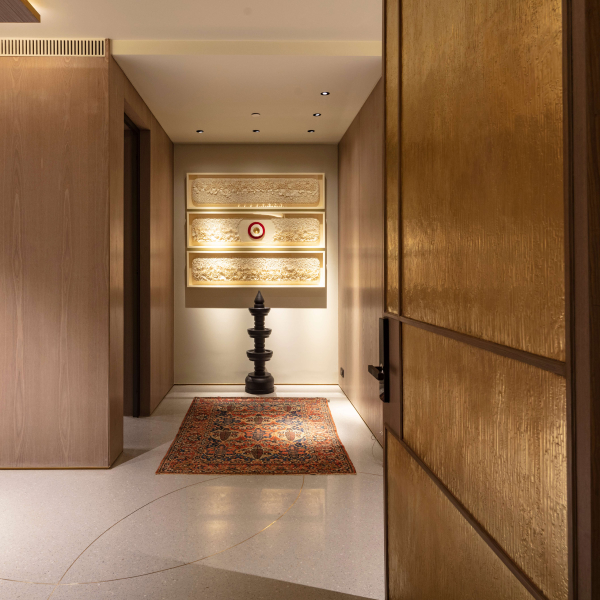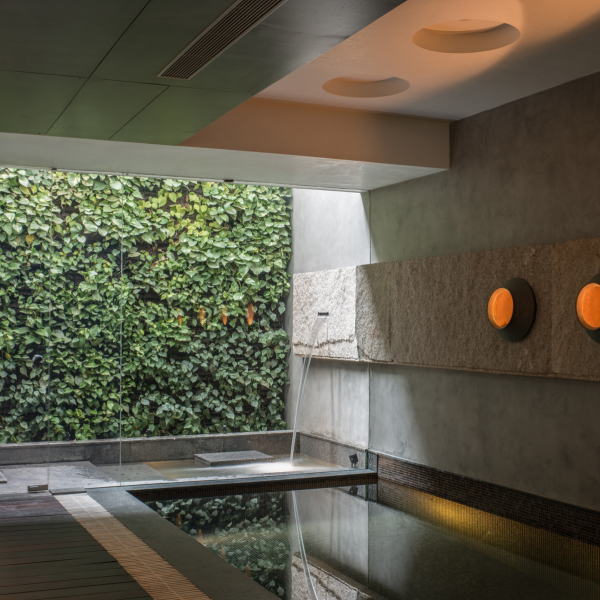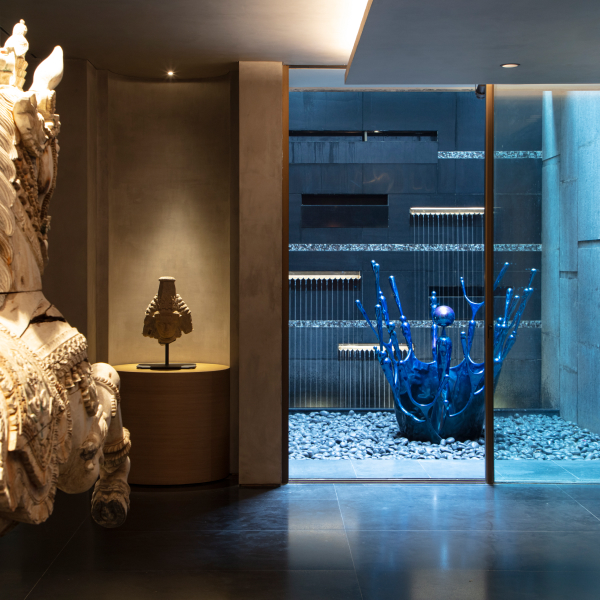The Future of Residential Design: Trends Shaping Modern Homes.
1 December 2024
1 December 2024

In 2024, residential interiors moved beyond biophilic design, sustainability, and minimalism to focus more deeply on reflecting the users’ personality and tailored requirements alongside aesthetics. The dynamic interplay of evolving lifestyles, shifting values, and technological advancements is evident in these trends, particularly in the resurgence of traditional practices, materials, and styles.
Fabrics are making a dramatic comeback in residential design, moving beyond soft furnishings to become core design elements. Textiles are creatively used on walls, as rugs, throws, and upholstery, often carrying cultural or personal significance, adding warmth, texture, and a personalised touch to the interiors. The use of natural fibres like rattan and wicker in furniture design and fabric designs with historical significance being placed instead of large frames on walls bridge tradition and modernity. From chairs to carpets and lighting, these materials are paired with contemporary styles to create timeless aesthetics.
Staircases are no longer just functional structures; they have evolved into standout design elements that define a home’s character. Reimagining staircases to double as seating areas or storage consoles, iconic statement staircases incorporating art installations or innovative lighting, and unique architectural features like curvy circular stairs, make the space stand out.
As flexible living becomes a priority, flexible gaining popularity in modern homes. These adaptable solutions allow homeowners to divide or open up spaces based on their immediate needs. Whether used to conceal a home office during leisure time or create privacy in a dining space, custom flexible panels offer both practicality and an edge to the multifunctional space.
The concept of minimalist maximalism has taken the design world by storm. This trend balances the clean lines and simplicity of minimalism with bold, statement pieces that inject personality and flair into spaces. Uncluttered interiors are enhanced by vibrant colours, rich textures, and standout elements such as large artworks or unique furniture. Art, in particular, has become a focal point in homes, with striking pieces or carefully curated collections transforming rooms into emotional and expressive spaces. By telling unique stories, art elevates interiors to reflect the homeowner’s identity and tastes.
As the importance of mental and physical health gains recognition, wellness-focused design has emerged as a key trend. Homes are increasingly incorporating spaces dedicated to relaxation and mindfulness. Home spas, meditation corners, and wellness rooms are becoming essential, offering residents a retreat from the chaos of daily life. Elements like flowing water, textured stones, and rooms flooded with natural light create therapeutic environments.
The future of residential design is poised to redefine not just how we live but how we connect with our homes. Homes will increasingly feature personalised ecosystems where lighting, temperature, and even soundscapes adapt to the inhabitants’ moods and routines, transforming living spaces into dynamic and responsive environments. In essence, the homes of tomorrow will transcend physicality, becoming extensions of our identities and aspirations, mirroring the complexities and richness of contemporary life.
Recent Blogs

4 November 2024

15 October 2024

22 September 2024